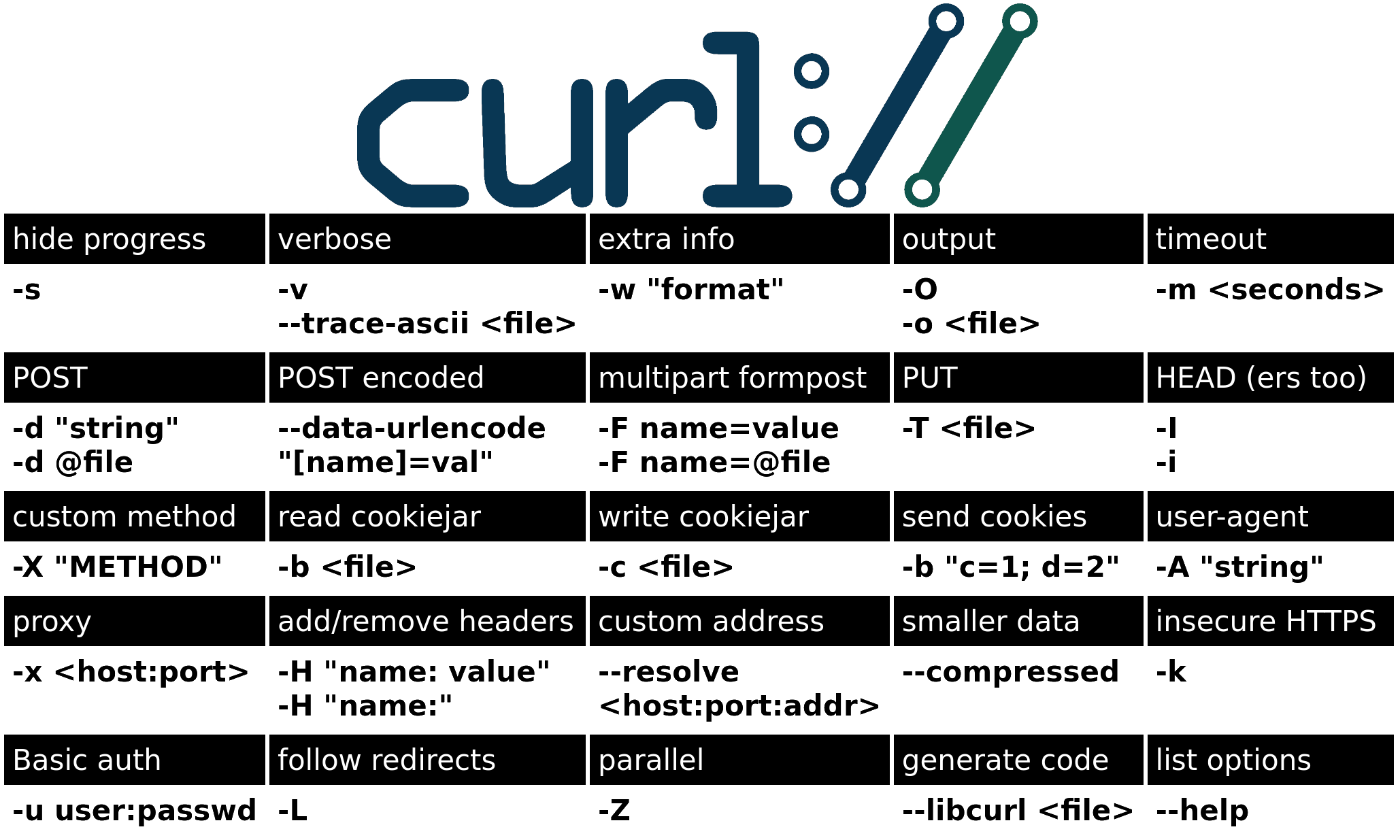Terraform Commands Cheat Sheet
Commands
LZone Cheats Sheets. Terraform plan # dry run terraform apply terraform refresh # sync state with remote resources terraform show terraform destroy terraform validate # validate.tf file terraform taint # mark resource for recreation terraform untaint terraform state push # e.g. Force push state to S3 bucket terraform state pull terraform.tfstate # create a local state copy terraform force. Terraform commands cheat sheet. Terraform CLI Cheat Sheet, Unless terraform plan, apply, destroy and import will not work. The command terraform init will install: Terraform modules; Eventually a backend » Terraform Commands (CLI) For a hands-on tutorial, try. However, you can also retrieve these at any time using the Terraform command. For example, to get the public IP address, you can use the example command below. Terraform output publicip 94.237.45.221. The same way you could ask Terraform about any other output variables. The validate command is used to validate/check the syntax of the Terraform files. A syntax check is done on all the Terraform files in the directory and will display an error if any of the files don’t validate. The syntax check does not cover every syntax common issues.
This is used to download and configure providers in your terraform code:
Resource:https://learn.hashicorp.com/tutorials/terraform/eks
Run the terraform code
Destroy all terraform resources
List all resources
Resource:https://github.com/hashicorp/terraform/issues/12917
Remove something from state
This will remove packet_device called worker from your existing state:
Resource:https://www.terraform.io/docs/cli/commands/state/rm.html
Cause rebuild
Resource:https://www.terraform.io/docs/cli/commands/taint.html

Makefile Template
Import existing resources
This particular example will import the OPTIONS method from an API gateway.
Put the following in main.tf:
Then run this command to import it:
You can find the output by running this command:
Another example (import the POST gateway method):
put the following in main.tf:
command to import:
One last example (import stage):
put the following in main.tf:
command to import:
Terraform Basic Commands
Example with security group
Terraform code:
Command to import:
To see the changes:

AWS
Secrets Manager
Create blank secret:
Resource:https://gist.github.com/anttu/6995f20e641d4f30a6003520f70608b3
Create IAM role to run on an instance and attach it
iam.tf:
iam_role_policy.json:
ec2_iam_role_policy.json - this is going to be variable based on what you want your ec2 instance to do. Here's an eaxmple that allows it to do a bunch of logging stuff:
ec2.tf:
Resources:
https://adrianhesketh.com/2016/06/27/creating-aws-instance-roles-with-terraform/
https://devopslearning.medium.com/aws-iam-ec2-instance-role-using-terraform-fa2b21488536
https://stackoverflow.com/questions/62953164/create-and-attach-iam-role-to-ec2-using-terraform
Import existing IAM role
- Create a directory and run
terraform init - Create a placeholder like so
- Run this command to import the existing role:
- Run
terraform showto get the block of terraform code that you'll want to implement
Resource:https://mklein.io/2019/09/30/terraform-import-role-policy/
GCP
GCS Backend
If you want to manage your terraform state with a remote backend (you do if you have multiple people managing the infrastructure), you will need to run a couple of command before your first terraform init.
Create the bucket you'll be storing the state in:
Next, enable object versioning to avoid any corruption with your state file:
Finally, create a backend.tfvars with the following commands:
Add this block to your terraform code:

At this point, you can run the following to init your terraform:
This will take the variables we defined in the backend.tfvar we created previously and apply them to the gcs backend in the above terraform code.
From here, feel free to run plan and then apply.
Resources:
https://betterprogramming.pub/effective-ways-of-managing-your-terraform-state-44bc53043d5 - great introduction to the concept of terraform state
https://medium.com/swlh/terraform-securing-your-state-file-f6c4e13f02a9 - walkthrough of how to set things up with gsutil
Create ansible hosts file
Terraform Command Line
aws_instance.managed*ansible_template_builder.tf:
templates/hosts.tmpl:
Resource:
https://www.linkbynet.com/produce-an-ansible-inventory-with-terraform
Packer
Create packer file

packer_builder.tf:
templates/ami_name_to_use.json.tpl:
Create security group with instance's public ip
If you need to specify a security group that relies on an instance's public IP address and you don't want to use an EIP, you can do the following:
Resource:https://stackoverflow.com/questions/38246326/cycle-error-when-trying-to-create-aws-vpc-security-groups-using-terraform - discovered aws_security_group_rule from here
